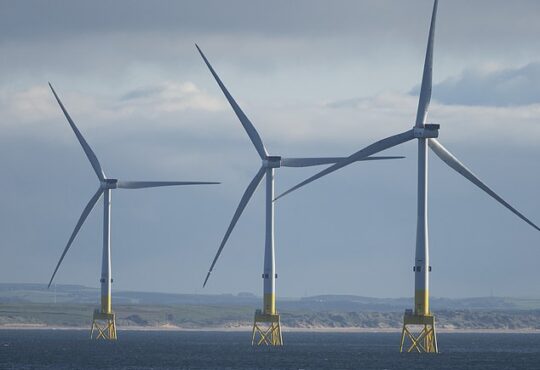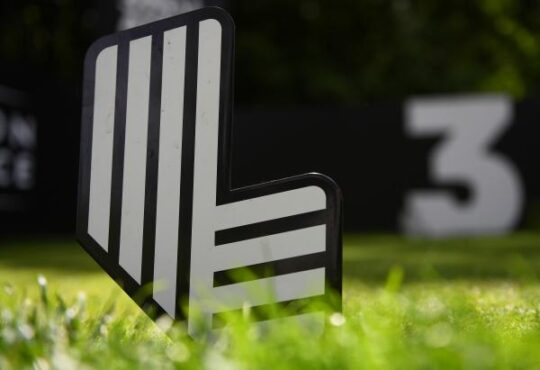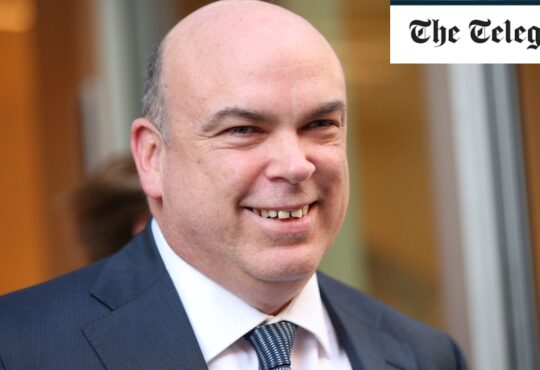
In the 1990s, two men changed the game for do-it-yourself investors.
Peter Hargreaves and Stephen Lansdown, who were running the financial firm Hargreaves Lansdown, launched a DIY pensions and online share dealing service. The idea revolutionised investing, and allowed savers to buy shares and invest in a pension without a financial adviser.
It was the beginnings of a modern day investment platform – online “supermarkets” where you can invest and trade shares at the touch of a button. There was clearly a demand, and Hargreaves Lansdown now has 1.7m customers investing nearly £130bn between them.
Over the past few decades, the platform market has become more crowded. AJ Bell and Interactive Investor, its key competitors, both serve more than 400,000 customers and are expanding quickly.
Despite the growing competition, Hargreaves Lansdown remains an expensive option – but is it worth it? Here’s what you need to know.
How much does Hargreaves Lansdown cost?
As with most investment platforms, how much you pay to use Hargreaves Lansdown depends on how much money you have, and how often you trade.
Say you have a stocks and shares Isa. The first £250,000 you have invested in funds costs 0.45pc a year. The value between £250,000 and £1m costs 0.25pc, between £1m and £2m costs 0.1pc and any assets over £2m go free.
Any money you have in shares, investment trusts, exchange-traded funds, venture capital trusts, gilts or bonds are charged at 0.45pc, capped at £45 a year.
If you had an Isa worth £100,000, half of which was invested in investment funds and half in shares, you would pay £270 a year. If your Isa was worth £500,000, you would pay £1,170 a year.
The same charging structure is true for a self-invested personal pension (Sipp), but the fee for shares is capped at £200 a year instead. A £500,000 Sipp, split half and half between funds and shares, would cost £1,325.
You also pay less per deal the more deals you make. Dealing funds is free, but with both a Sipp and an Isa you will pay £11.95 per deal if you traded up to nine times in the previous month, £8.95 if you traded between 10 and 19 times and £5.95 if you made 20 or more deals.
Now read: Five ways to tell if the stock market is about to crash
True cost of fees
While it can be easy to brush off the cost of a company you like, especially when the money is taken automatically from your investment account, the impact of higher charges can be substantial in the long run.
Analysis from the Lang Cat, a consultancy firm, shows that a pot worth £100,000 would be worth £162,890 after 10 years of 6pc investment growth, if the fees were 1pc. If the fees were 2pc, the pot would be worth just £148,000.
After 30 years, the pot paying 1pc would be worth £432,200, while the pot paying 2pc would be worth £324,340.
To put it another way, after 10 years the investment portfolio being charged 2pc has lost about 9pc of what it could have made had it been paying half the fees. After 30 years, it had lost 25pc.
Now read: How capital gains tax is charged on shares – and how to reduce it
How do Hargreaves Lansdown’s costs compare?
Hargreaves Lansdown is more expensive than its main competitors. Platforum, a research consultancy, scores the platform at just one out of five for pricing.
A £50,000 Isa invested solely in funds would cost £225 a year with Hargreaves Lansdown, compared to £131 with AJ Bell and £120 with Interactive Investor, according to the research firm Boring Money.
The gap only widens as the pot gets bigger, too. A £250,000 Isa costs £1,125 a year with Hargreaves Lansdown, compared to £637 with AJ Bell and £120 with Interactive Investor.
When it comes to pensions, it’s the same story. A £500,000 Sipp invested in funds costs £1,750 with Hargreaves Lansdown, £893 with AJ Bell and £228 with Interactive Investor.






